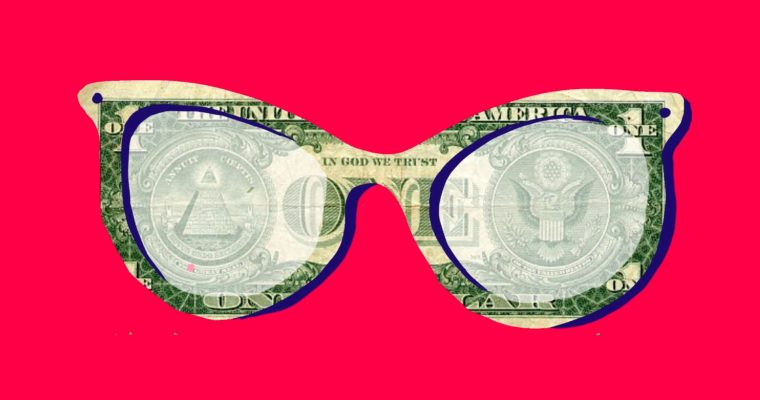By Elham Saeidinezhad | The death of the Jimmy Stewart style “traditional banking system” was accelerated by the birth of securitization in the financial market. Securitization made the underlying assets, such as mortgage loans, “tradable” or “liquid.” Most recently, however, a new trend, called “tokenization,” i.e., the conversion of securities into digital tokens, is emerging that is decidedly different from the earlier development. While securitization created a dealer centric system of market-based credit that raise funds from investors, tokenization is a step towards building a “dealer free” world that reduces fees for investors. In this world, dealers’ liquidity provision is replaced by “smart” or “self-executing” contracts, protocols, or code that self-execute when certain conditions are met. The absence of dealers in this structure is not consequential in standard times. When markets are stable, people assume the mechanical convertibility of the tokenized asset into its underlying securities. However, the financial crisis threatens this confidence in the convertibility principle and could lead to massive settlement failures. These systemic failures evaporate liquidity and create extensive adjustments in asset prices. Such an outcome will be responded by policymakers who try to limit these adverse feedback loops. But the critical question that is remained to be answered is the central banks will save whom and which not very smart contract.
New technologies created money and assets. For centuries, these assets, mostly short-term commercial papers, were without liquidity and relied upon the process of “self-liquidation.” However, the modern financial market, governed by the American doctrine, improved this outdated practice and relied on “shiftability” or “market liquidity” instead. Shiftability (or salability) of long-term financial securities ensured that these assets could be used to meet cash flow requirements, or survival constraints, before their maturity dates. The primary providers of liquidity in this market are security dealers who use their balance sheets to absorb trade imbalances. The triumph of shiftability view, because of depression and war, has given birth to the “asset-backed securities” and securitization. This process can encompass any financial asset and promotes liquidity in the marketplace.
ABS market continues to evolve into new securitization deals and more innovative offerings in the future. Tokenization is the next quantum leap in asset-based securitization. Tokenization refers to the process of issuing a blockchain token that digitally represents a real tradable asset such as security. This process, in many ways, is like the traditional securitization with a twist. The “self-executing” feature of these contracts discount the role of dealers and enable these assets to be traded in secondary markets by automatically matching buyers with sellers. The idea is that eliminating dealers will increase “efficiency” and reduce trading costs.
The issue is that digital tokens may be convertible to securities, in the sense that the issuer of digital tokens holds some securities on hand, but that does not mean that these tokenized assets represent securities or are at the same hierarchical level as them. When an asset (such as a digital token) is backed by another asset (such as security), it is still a promise to pay. The credibility of these promises is an issue here, just as in the case of other credit instruments, and the liquidity of the tokenized instruments can help to enhance credibility. In modern market-based finance, which is a byproduct of securitization, the state of liquidity depends on the security dealers who take the imbalances into their balance sheets and provide market liquidity.
The only constant in this evolving system is the natural hierarchy of money. Tokenization disregards this inherent feature of finance and aims at moving towards a dealer free world. A key motivation is to create a “super asset” by lowering the estimated $17–24 billion spent annually on trade processing. The problem is that by considering dealers as “frictions” in the financial market, tokenization is creating a super asset with no liquidity during the financial crisis. Such shiftability ultimately depends on security dealers and other speculators who are willing to buy assets that traders are willing to sell and vice versa and use their balance sheets when no one else in the market does. Tokenization could jeopardize the state of liquidity in the system by bypassing the dealers in the name of increasing efficiency.
Elham Saeidinezhad is lecturer in Economics at UCLA. Before joining the Economics Department at UCLA, she was a research economist in International Finance and Macroeconomics research group at Milken Institute, Santa Monica, where she investigated the post-crisis structural changes in the capital market as a result of macroprudential regulations. Before that, she was a postdoctoral fellow at INET, working closely with Prof. Perry Mehrling and studying his “Money View”. Elham obtained her Ph.D. from the University of Sheffield, UK, in empirical Macroeconomics in 2013. You may contact Elham via the Young Scholars Directory
